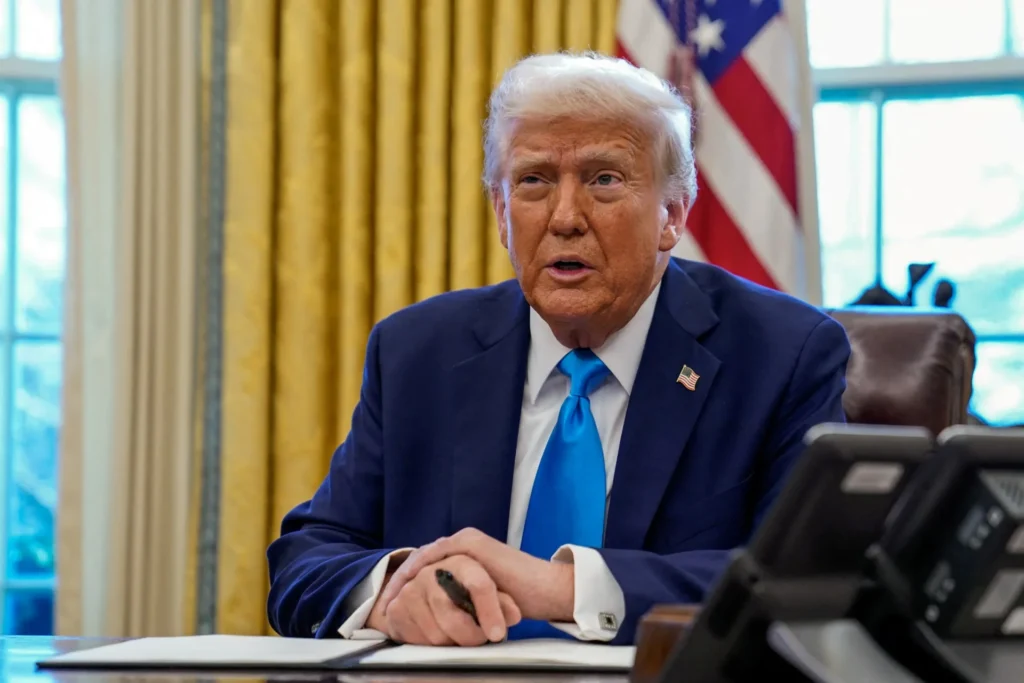President Donald Trump will impose tariffs on Canada and Mexico on Tuesday due to concerns over illegal drugs and migration issues. Trump has warned that these tariffs could reach 25%, but Commerce Secretary Howard Lutnick confirmed that final rates remain undecided.
Officials in Washington continue last-minute negotiations with Canada and Mexico to determine the extent of these trade restrictions. China will also face new tariffs with a 10% duty set to take effect alongside previous levies on imported goods.
If enforced, this measure will increase total tariffs on Chinese exports to at least 20%, heightening tensions between the two largest economies. Chinese state media reported that Beijing has prepared retaliatory measures, including tariffs on US agriculture and food products.
Analysts suggest China still seeks a diplomatic resolution but remains prepared for an extended trade war. Canadian officials have vehemently opposed tariffs on Canada and Mexico, arguing that these actions will harm both economies.
Internal Trade Minister Anita Anand met with US officials last week and stated that Canada will respond appropriately if tariffs are enforced. Canada previously drafted a list of $30 billion worth of American goods that could face countermeasures.
Mexico’s president, Claudia Sheinbaum, also criticized the US decision, emphasizing that Mexico will not accept subordination in trade relations. She reaffirmed her stance on economic cooperation but insisted that respect must guide any agreement.
Meanwhile, Canadian Prime Minister Justin Trudeau dismissed US claims about fentanyl smuggling, stating that Canada does not contribute significantly to the crisis. Trump has also announced a 25% tariff on steel and aluminum imports, set to take effect on March 12.
Additionally, he has threatened reciprocal tariffs targeting individual countries and the European Union, further straining global trade relations. With negotiations ongoing, the full impact of these tariffs remains uncertain.












